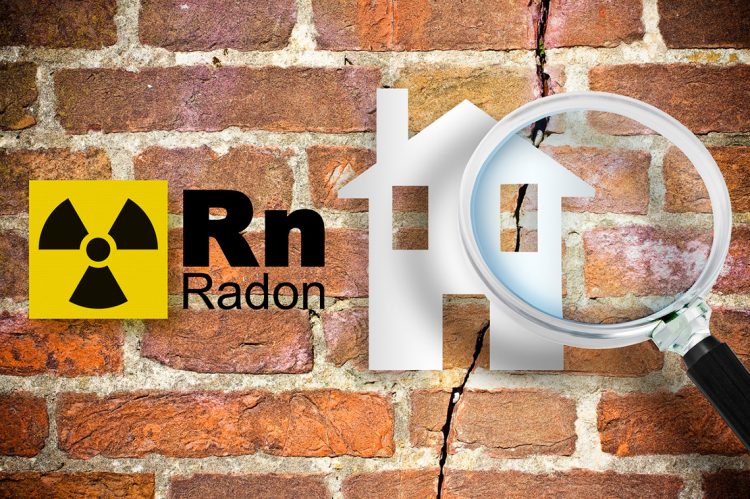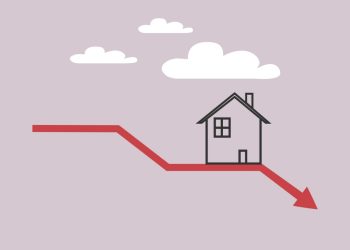The EPA estimates that 1 in 6 homes in the U.S. is affected by radon. Any property can have a radon problem – old or new, well-sealed or drafty, with or without a basement. Prolonged exposure to unsafe levels of radon can create an increased risk of lung cancer; in fact, radon is the second leading cause of lung cancer after smoking and causes an estimated 21,000 lung cancer deaths each year. There is real risk in not knowing if a property has a high level of radon.
What is radon?
Radon is a naturally occurring, odorless radioactive gas formed by the ongoing decay of uranium in soil, rocks, sediments, and even well or ground water. While radon that escapes into the atmosphere isn’t harmful, dangerously high concentrations can build up indoors, exposing occupants to possible health risks.
How does radon get into homes?
Radon can migrate to the indoors in several ways. Openings or cracks in basement walls, foundations or floors are common avenues. Sumps, basement drains, and spaces between gas or water fittings can also allow radon into the structure. Other entry points can include gaps in suspended floors and cavities within walls.
Should your clients have their home tested for radon?
Testing is the only way to determine if a home is affected. While some geographic areas are more prone to elevated radon in general, radon can and does occur everywhere and levels can vary from home to home, even within the same neighborhood.
A professional radon test includes setting up monitoring equipment at the property and reporting on the results. If an elevated level of radon is detected, steps can be taken to reduce the concentration to or below acceptable levels inside virtually any home. These measures can include a relatively simple setup such as a collection system with a radon vent pipe, which will prevent radon from entering the home in the first place. Professional mitigation services can provide recommendations for a home’s specific conditions.
For more information, visit https://pillartopost.com/radon/.












